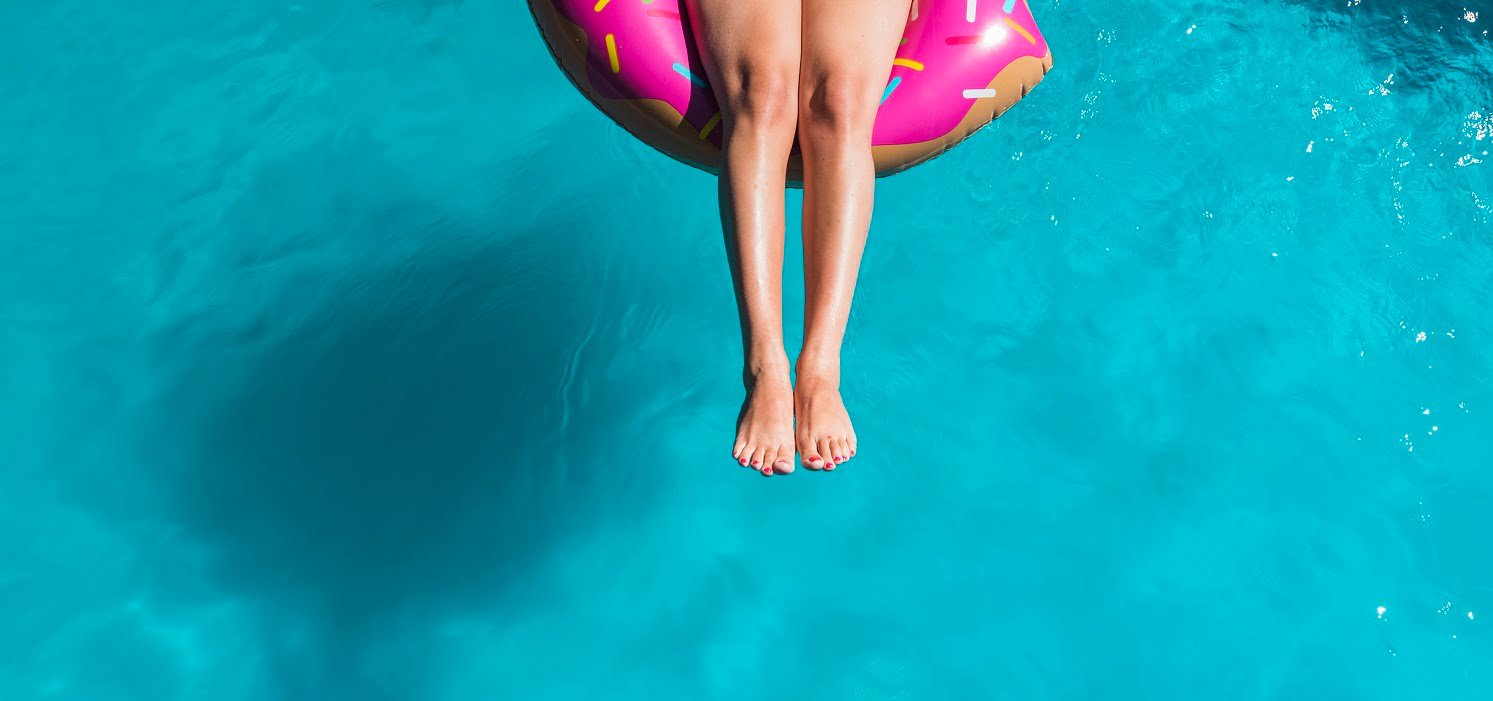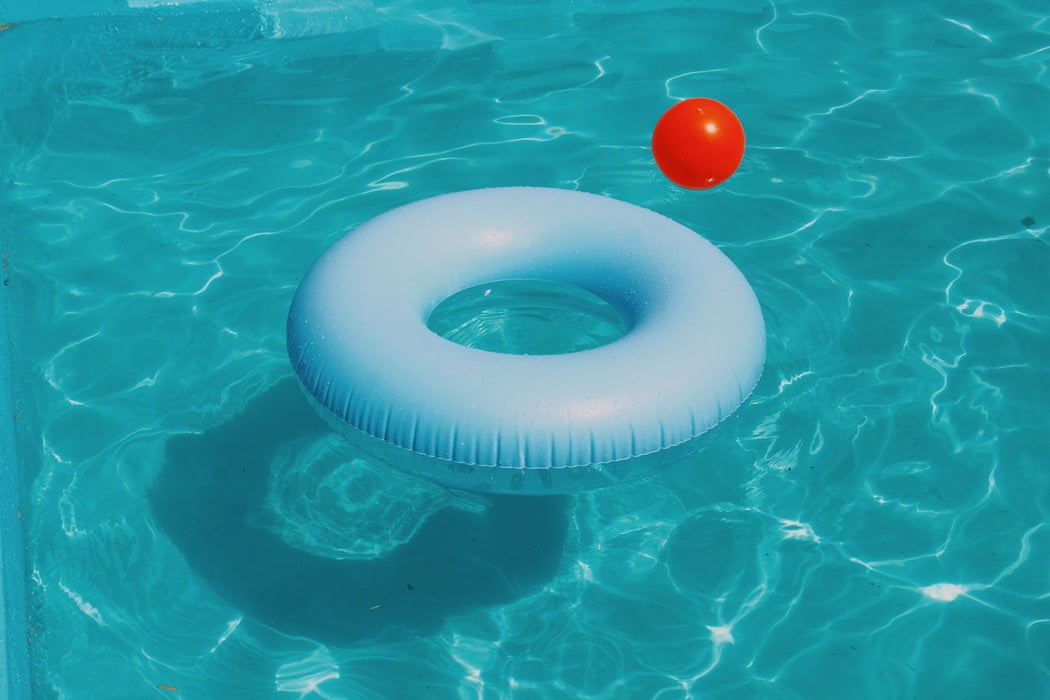If you are reading this article, you are probably facing one of the two scenarios: You closed your above ground pool for the winter season and now that the weather is getting warmer, you are ready to go swimming again. The thing is, you have never had to open the pool after closing it in the winter before. The second case is that you have a new pool, but you do not have the experience to open the above ground pool yourself.

A lot of people choose to pay someone to come in and do it for them. You can do that too, but think about it – why should you pay someone your hard-earned money to do something that you can easily do yourself? All you need to pull off this simple task is a friend, the right supplies, the right instructions and some good old-fashioned elbow grease.
Opening your above ground pool for the first time might seem like a lot of effort, but you should rest assured that once you are familiar with the whole process, it becomes a lot easier to pull off.
If you are not sure about the steps you need to take to open the above ground pool for the first time, this guide will give you all the information you need.
How to Open an Above Ground Pool

Start With the Chemicals You Will Need
Here is a list of some of the chemicals that you will need to have on hand before you start to open your above ground pool (or after the winter season):
- Pool Algaecide
- pH Plus and pH Minus
- Pool Shock
- Chlorine
- Chlorine Stabilizer
Additional Things You Might Need
Here is a list of some of the equipment you might need to open the pool for the first time:
- A pool cover pump
- A soft broom or skimmer net
- A cover cleaner
- A friend to help you out
- Chemical testing kit
Now that you have an idea of the chemicals you will need, let’s take a look at the steps you need to take to open your above ground pool.
Step 1 – Clear off the water, debris and anything else from the pool cover
First off, use a pool cover pump to remove water that might have accumulated on the pool cover surface. You can even use a regular sump pump, which you must have at home. Once all the moisture has been removed, use a soft broom or a skimmer to clear out debris from the pool cover surface.
Step 2 – Remove the pool cover
Once the pool cover has cleared and dried out completely, it is time to remove the pool cover. You need to be very careful while removing the pool cover. Make sure that you do not let any of the debris or accumulated water enter the pool.
With the pool cover removed, get the help of a friend and wash the pool cover using a pool cover cleaner. Cleaning the pool cover will save you from a lot of trouble when you need to put the cover back on. It also helps extend the lifespan of the pool cover.
Store the pool cover in a safe place to protect it from damage caused by critters. Use an airtight container to give it the best protection.
Step 3 – Pull the winter plugs and accessories out
Look for all the winter plugs from the skimmer and wall returns and pull them all out. You need to ensure that you remove the ice compensator (provided your skimmer bucket even has one). You also need to remove the return jets, which are also known as eyeball fittings.
Reinstall all the skimmer baskets and return jets to the return line. A skimmer plate is basically a component designed to keep the water out of the skimmer while the pool is not in use. It makes sure that the pool remains filled even when it is not in use. Removing the skimmer allows the water to flow easily when you reactivate the pool filtration system.
Step 4 – Top up the water in your pool
No matter how effective the skimmer is, the water level may decline if it is not used for a long time. Fill it up with water to the required level.
Step 5 – Reinstall the pool ladder
Clean up the pool ladder and check its condition before you secure it back on to the above ground pool.
Step 6 – Prepare the pool filtration system
The next thing you need to do is prepare the pool filtration system so that you can activate it again. Double check all the drain plugs, gauges and any other accessories to make sure they are back in the filter before you connect the system to the pool.
You should start by connecting the skimmer bottom to your pump using a drain hose. After that, connect the top of your pump to the filter port that is marked “pump” using another hose.
Once all of that is sorted out, connect the return hose from the filter return port to the heater or chlorinator – or to the pool return inlet (based on your pool’s design).
One thing you should note is that O-Rings, threaded plugs, caps and the pump lid can have their seals improved if you use Teflon based lubricants. It keeps them from drying out.
Step 7 – Power your filtration system up
Prime the pump so that you can clear the pool filtration system from the air inside it. This will ensure that when you turn on the pool filtration system, it does not run dry.
Make sure that the multi-valve port is in the “Filter” position and then turn on the pool filtration system. This is the point where you should check the entire system, the skimmer and all other hose connections for any possible leaks. If you find any leaks, you should fix them as needed before moving on to the next step.
A note to remember: Check the pressure gauge. If the reading is 10 psi above the recommended level (or more), you need to backwash the filter to bring the pressure down.
Step 8 – Clear the pool of debris
Clean the surface of the pool water by skimming the pool surface. Vacuum the floor of the pool and brush down the pool walls to ensure it is free of debris. The less debris you have, the fewer chemicals you will need to add to the pool for cleaning purpose.
Step 9 – Add sanitizers to the pool
Once you have cleared all of the debris, you need to add chemical shock powder and algaecide to the pool. This will take care of the bacteria that might have grown in the pool water. After the chlorine is allowed to decrease from the pool shock, test the chlorine levels. Safe chlorine levels range between 1 and 3 ppm. Add chlorine stabilizer once the chlorine is within the desirable range.
Step 10 – Test and balance out the pH levels of the pool water
Check the pH levels of the pool water by taking samples. A pool test kit comes with everything you need to check the chemical content of the water. Make sure that you tally all the indicators properly.
- If the pH level is below or above the ideal range, add pH plus or pH minus chemicals to adjust the levels.
- For calcium hardness (if it is a problem), add calcium chloride if the reading is below the 180 to 220 ppm range.
- If the alkalinity is below or above the 80 to 120 ppm range, add alkalinity increaser or decreaser to the water.
Make sure that when you are adding chemicals to the pool, you follow the manufacturer’s instructions and the recommended levels. Take all the precautionary measures you can to protect yourself when adding the chemicals to the pool.
Step 11 – Retest the water
The pool filtration system is on, the water is running and the chemical levels have been sorted out. Leave the pool running like this for at least 24 hours before you check in again to test the water. If the chemical levels are above or below their recommended levels, make the appropriate adjustments to make the water just right.
If everything checks out, you have a clear pool and you have finally opened the above ground pool. It is a bit of hard work, but getting to open up your above ground pool again and then swimming in it the next day is a rewarding experience like no other.
We hope that you found this guide helpful.

Related Articles
5 Best Above-Ground Pool Pad | Buyer’s Guide and Reviews
5 Best Epoxy Pool Paint | Buyer’s Guide and Reviews
Learn How to Install a Spa Cover Lifter
Dolphin M400 with Caddy Review & Buyer’s Guide
Top Tier APEC vs. iSpring RCC7 | Water Filtration Systems Compared
